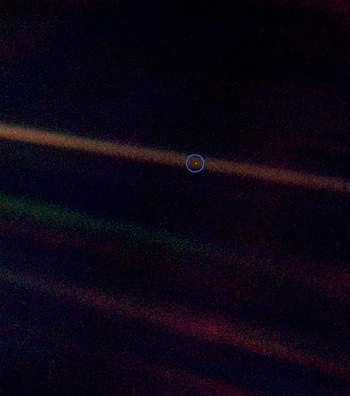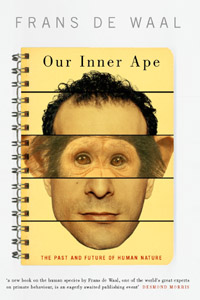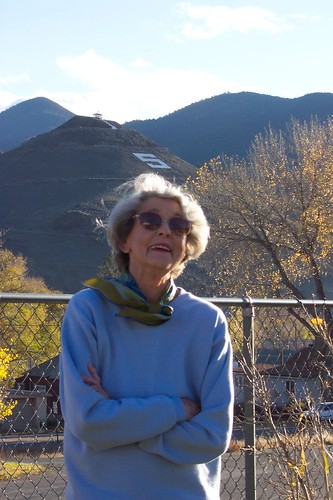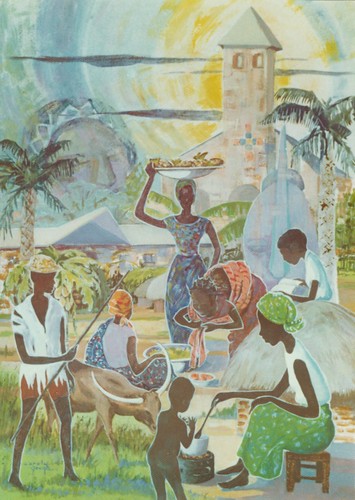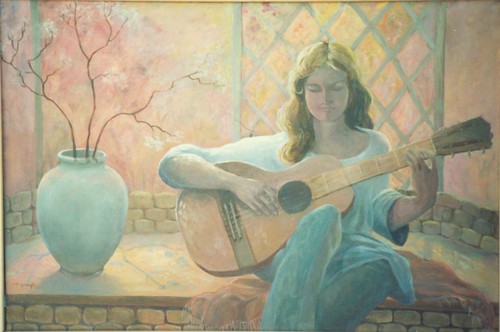In efforts to help improve the Carola L. Gough 3D Art Museum in Second Life (learn more about it at http://www.CarolaGough.com), I am evaluating commercial software that lets you model gardens, landscapes, and complete homes. I'm looking for opinions on the best packages available.
Videos of Art Gallery and Sample 3D Landscapes and Home Designs
First, a sample video of how Carola's gallery looks. Actually this is a bit outdated by now, but you'll get the picture.
Narrated Tour
Tour with visitors and music
This tour features Slip Stringfellow, otherwise known as Mike, an Irish music musician from Atlanta. See his web site at http://www.SlipJig.org.
3D Landscape Model
This is interesting. These videos are produced by a company in Atlanta named BotanicaAtlanta. Looks like they have a cute staff member too: http://www.botanicaatlanta.com/ourstaff.htm with a degree an associate's degree in horticulture and a bachelor's degree in landscape architecture.
And, it looks like they build some really nice stuff: http://www.botanicaatlanta.com/photogallery.htm
I assume that this 3D model is a "prototype" that they create for their customers in order to come to agreement as to what ultimately will be built in the physical world. This helps them save costs, obviously! These videos are complete with sounds of birds and wildlife, very much like Second Life.
There is another neat one by the same company that cannot be embedded easily for some reason:
http://video.google.com/videoplay?docid=519982263444058166
Landscape Design Documents and Specifications
This reminds me very much of the documents my cousin Matthew (from Georgia) showed me a few months ago as part of one of his courses.
3D Lanscape Animation
3D LANDSCAPE DESIGN VISUAL - 3D GARTEN UND LANDSCHAFTSPLANUG
Home Fence Design
Home Theatre Design
Product Research Notes and Links
Top Selling / Well Rated
Amazon has a category for Home Design software, available here:
Sorting by "top rated" is misleading, so I sorted by Top Selling and then looked at the ratings amongst the top.
It does appear that Better Homes and Gardens Home Designer Suite 7.0 is the top-rated amongst high sellers, with 4 stars amongst 21 reviews.
Note: this software is built by a company called Chief Architect, which provides a neat animated tour of their software at this link:
Watch an Animated Tour of Chief Architect X1
Better Homes and Gardens Home Designer Suite 7.0 Information
The production description from Amazon.com is pasted below. This seems like a good choice for modeling, far better than sitting inside of Second Life and trying to model. I wonder if there is a way to export the model though and then import into Second Life. Here is the product home page URL:
http://www.homedesignersoftware.com/

Better Homes and Gardens Home Designer Suite 7.0 is software developed by Chief Architect for home enthusiast remodeling and home design projects. This software helps you design the home of your dreams with 3D models, virtual tours, even more library items, easy to use building templates, a new Plant Encyclopedia and landscaping features with over 1,000 plant terrain and outdoor items. Combining the leading-edge home design software with the consumer design editorial expertise of Better Homes and Gardens, Home Designer Suite 7.0 is the best software tool you will find anywhere for home and remodeling design.
No matter your level of design expertise, Better Homes and Gardens Home Designer Suite 7.0 will get you moving toward a stunning visualized design of your dream home. The Getting Started Tutorial will guide you through basic design projects. Watch more than 30 videos for step-by-step instructions. Select from over 1,500 sample home plans or use the House Wizard to design your house. You can create your dream home today with the look and feel before it is built with styles, colors, wallpaper, flooring, and materials. Plus, you can quickly place and arrange walls, windows, doors, cabinets, and architectural objects from a library of over 4,300 items to create a 3D Model in minutes. Use the Library content to size your rooms, evaluate traffic flow, and create a visual model of your design.
Create your Dream Home
Design your dream home today with Home Designer. Quickly place and arrange walls, windows, doors, cabinets, choose colors, place furniture, create decks and landscaping. Design and visualize your home with 3D Models and Virtual Tours.
Choose from Design Templates
With Home Designer, you can quickly place and arrange walls, windows, doors, cabinets, choose colors, place furniture, create decks and landscaping.
Powerful Home Design Software
Enjoy the same building and design tools the professionals use--Home Designer is made for the home enthusiasts. Powerful building tools like automatic roof generation, stairs, decks, framing, CAD, dimensioning, realistic 3D models, and Plan Check makes it easy for anyone to use.
Create Floor Plans
Select from over 1,500 sample home plans or use the House Wizard to design your house. 
Design Tools
With the program's Planning Center, you can use Material Painter to create a virtual look and feel of the design before it is built. You can test your design with actual colors, wallpaper, flooring, furniture, windows, and even window treatments.
Building Tools
You'll have complete automatic building tools for roof generation, framing, dimensioning, foundations, and more at your fingertips. You can even automatically generate a materials list for project cost estimating. The software includes a complete set of CAD (Computer Aided Design) tools to detail designs and Plan Check, which automatically validates the design against the most current building standards.
Runners Up
The author of this site provides some reviews here:
http://www.the-landscape-design-site.com/landscapesoftware.html
He highly recommends Better Homes and Gardens Landscape and Deck Designer, but Amazon users give it only 2.5 stars!
http://www.amazon.com/gp/product/B0007Z72OK
Here are a couple of screen shots of what it produces:

A database of more than 1,200 plants offers both detailed information and photorealistic models for your visualizations.

Terrain Tools help you create topographically detailed views in 2D or 3D.

The software includes a library with a wide variety of backdrops, objects, images, and textures that can be used in your designs.
Any opinions much appreciated!



























